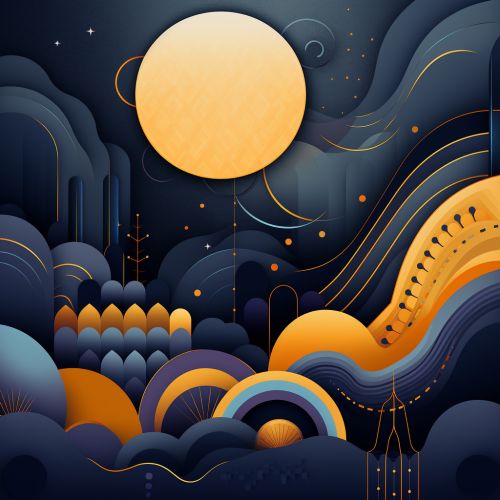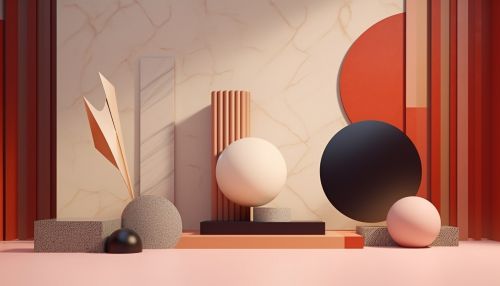Elements of Design
Introduction
Design is a complex and multifaceted discipline that encompasses a wide range of elements. These elements, which form the foundation of all design work, are the building blocks used by designers to create effective and aesthetically pleasing designs. Understanding these elements is crucial for anyone involved in design, whether they are a professional designer, a student studying design, or someone with a general interest in the field. This article will explore the key elements of design in detail, providing a comprehensive and in-depth look at this important topic.


Line
A line is one of the most fundamental elements of design. In its simplest form, a line is a path between two points. Lines can be used in design to divide space, direct the viewer's eye, create forms, convey a sense of movement, and much more. They can be straight or curved, thick or thin, solid or dashed, and can be used in a multitude of ways to create different effects and convey different moods.
Shape
Shape is another fundamental element of design. Shapes are defined by boundaries, such as a line or a change in color or texture. They can be geometric (like squares and circles), or organic (like shapes found in nature). Shapes are used to create a sense of space, to create a focal point, or to create a particular mood or emotion. The use of shape in design can be subtle or overt, but it is always an important part of the design process.
Color
Color is a powerful element of design that can significantly impact the mood and emotion of a design. It can draw attention, set a mood, and even influence our emotions and perceptions. Color theory is a complex field that explores how we perceive and interact with color, and it is a crucial part of any designer's toolkit. Understanding color theory can help designers use color effectively to convey specific messages and evoke desired emotions.
Texture
Texture refers to the perceived surface quality of a design. It can be physical (like the feel of a surface) or visual (a visual representation of a texture). Texture can add depth and interest to a design, and can enhance the overall user experience. It can also be used to reinforce or contrast with other elements of the design, such as color or shape.
Space
Space in design refers to the area around, within, or between images or elements. It can be positive (the area occupied by elements) or negative (the empty areas between elements). Effective use of space can help to create a balanced, harmonious design, and can help to guide the viewer's eye around the design. It can also be used to create a sense of depth, to emphasize or de-emphasize certain elements, and to create a particular mood or atmosphere.
Form
Form in design refers to three-dimensional objects. It can be described in terms of volume (how much space an object occupies) and mass (the perceived weight of an object). Form can be used to create a sense of depth and realism in a design, and can be used to create a sense of movement and flow. It can also be used to create a sense of balance and harmony, and to create a particular mood or atmosphere.
Value
Value in design refers to the relative lightness or darkness of a color. It is an important element in the creation of a mood, the definition of form, and the creation of spatial illusions. Value contrasts can help to create a sense of depth and volume, and can be used to draw attention to specific elements of a design.
Conclusion
Understanding the elements of design is crucial for anyone involved in the field of design. These elements form the foundation of all design work, and a strong understanding of them can help to create effective, aesthetically pleasing designs. Whether you are a professional designer, a student studying design, or someone with a general interest in the field, a deep understanding of these elements can greatly enhance your design skills and your appreciation of the design process.
